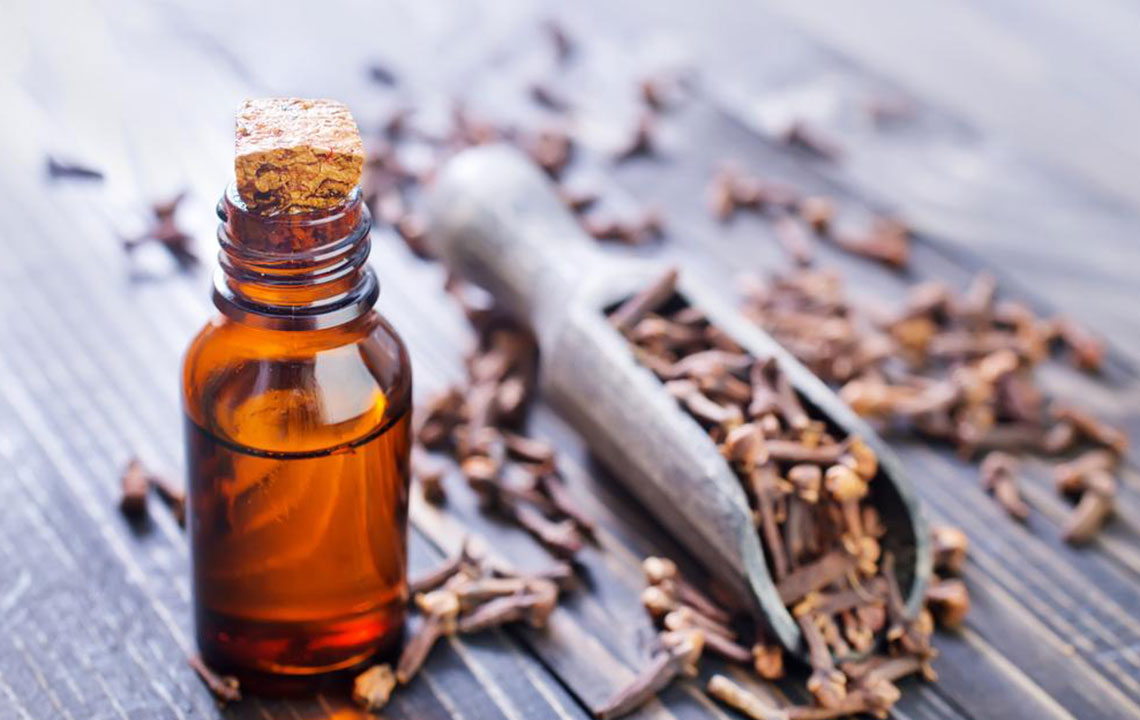Natural Home Remedies For Swollen Feet

Fluid buildup in the muscles and tissues cause swelling in the feet. If you are hale and healthy, swollen feet can be a result of exertion. Taking adequate rest and keeping the legs elevated brings down the swelling. When it gets severe, swollen feet, medically termed as peripheral edema, can lead to difficulty while walking, skin ulcerations, scarred tissue, increase the risk of infection and a decrease in blood circulation. Peripheral edema can manifest across all age groups.
The elderly who have suffered a muscle wear and tear, and athletes engaged in high impact activities, are at a higher risk of suffering from swollen feet and ankles. The swelling is painless and can occur in one or both the legs.
Primary Causes
The feet can swell due to—injury, pregnancy, ageing, being overweight, excess consumption of salt, underlying medical conditions, high altitude, binge drinking, menstruation/PMS, standing or sitting in the same position for long duration, and intake of medications such as antidepressants, steroids, birth-control pills with high estrogen, calcium channel blockers, and medication for diabetes. Heart, liver and kidney failure can also cause swollen feet, due to the accumulation of fluids. Other underlying conditions that can be the cause for swollen feet include—varicose veins, insect bite, arthritis of the feet, thyroid disorder, venous insufficiency, blood clots, excessive use of laxatives, drugs, and diuretics, salt retention, malnutrition, lymphatic obstruction, any allergic reaction, and leg or foot surgery.
Treating the underlying medical condition and a monitoring diet and lifestyle can help to prevent swollen feet. Here are 10 natural remedies for swollen feet that are effective in reducing the swelling.
Foot Massage
The best and effective remedy for swollen feet is a foot massage. When the feet are massaged, the pressure applied to the affected area relaxes the sore muscles and improves circulation. Massage is one of the simple home remedies for swollen feet and helps to drain out the excess fluid. It reduces the swelling as well. Rubbing mustard oil or olive oil, and massaging the area gently with upward movements provides good relief.
Contrast Hydrotherapy
Soaking your feet alternately in cold and warm water helps to bring down the swelling. Take two tubs, one containing cold water and the other containing warm water. Soak your feet in warm water for 3 to 4 minutes. After that, immediately soak your foot for 1 minute in cold water. Repeat this alternating therapy for 15 to 20 minutes, several times a day to get relief from swelling in the feet.
Epsom Salt
Epsom salt offers quick relief from swelling. It also helps to reduce the pain and discomfort associated with swelling. Epsom salt contains magnesium sulfate, that gets absorbed into the skin to improve circulation and reduce the swelling. Prepare a foot soak using ½ cup of Epsom salt in a tub of hot water. Soak your feet for about 15 to 20 minutes. By doing so, you can get relief from sore and tired muscles. This foot soak neutralizes foot odor as well.
Lemon Water
Lemon water flushes out the toxins and excess fluids from the body. In case, the cause for swollen feet is water retention, drinking lemon water among the top remedies for swollen feet. Lemon water offers anti-inflammatory benefits and keeps the body well hydrated. Add 2 tablespoons of lemon juice along with a bit of honey to warm water. Drink this concoction few times a day.
Ginger
A natural diuretic, ginger helps to treat swollen feet by diluting the sodium content in the body. Ginger has anti-inflammatory properties that help to reduce the swelling. You can either massage ginger oil in the swollen area, or chew on fresh ginger juliennes or sip on ginger tea.
Dandelion
Akin to ginger, dandelion also has a diuretic effect, that helps to treat water retention. It helps to metabolize the excess fluids in the body, thus providing relief from swollen feet. Plus, dandelion helps to regulate the sodium levels. Sip on dandelion tea made by steeping a teaspoon of fresh/dry dandelion leaves, in a cup of hot water.
Coriander Seeds
A time-tested home remedy for swollen feet, coriander seeds have the inflammatory property that helps to reduce swelling and improve circulation. Brew a herbal concoction, by boiling 2 to 3 teaspoons of coriander seeds in a cup of water. Boil till the quantity reduces to half. Allow to cool, and sip on this twice a day.
Apple Cider Vinegar
Fluid retention is one of the causes for swollen feet and the potassium in apple cider vinegar reduces the fluid retention and the swelling as well. A hot towel soaked in a solution made out of equal parts of apple cider vinegar and warm water is effective in reducing swelling. You can drink a mixture of apple cider vinegar in water as well.
Magnesium Rich Foods
Magnesium deficiency in the body can cause edema. Include foods like leafy greens, nuts, bananas, dark chocolate, seeds, fish and soybeans for adequate magnesium intake.
Exercise
Regular exercise and physical activity in addition to improving fitness can help to prevent fluid accumulation and prevent swelling. Swimming, walking, yoga, leg stretching exercises improve blood circulation. Exercising can prove to be the best natural remedy for swollen feet and many other health problems.


